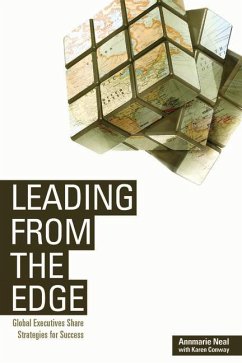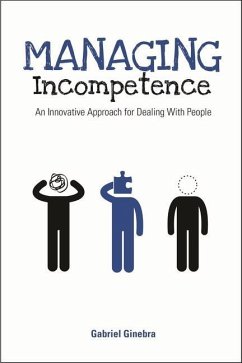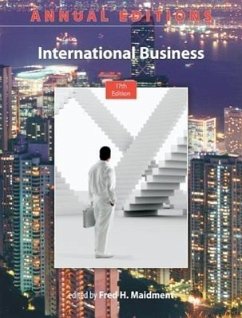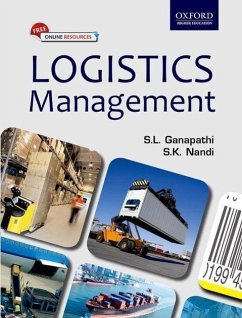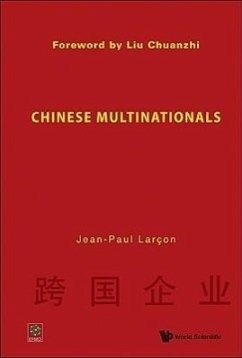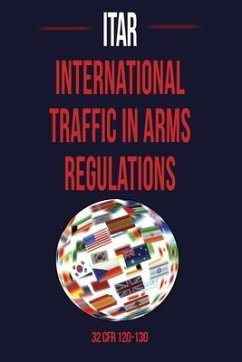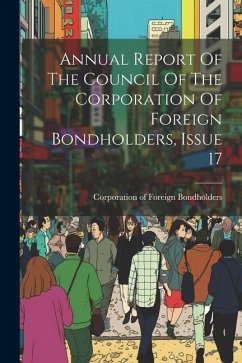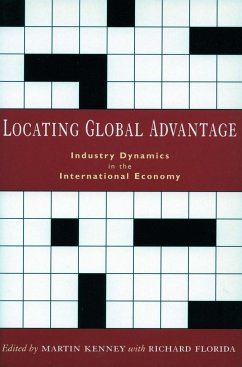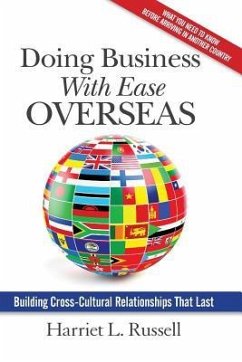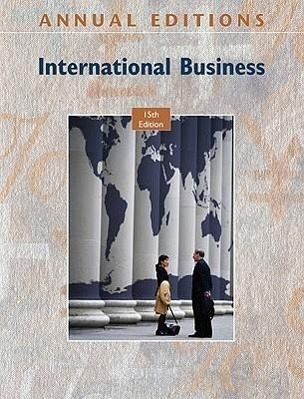
Annual Editions: International Business
Versandkostenfrei!
Versandfertig in über 4 Wochen
46,99 €
inkl. MwSt.

PAYBACK Punkte
23 °P sammeln!
This FIFTEENTH EDITION of ANNUAL EDITIONS: INTERNATIONAL BUSINESS provides convenient, inexpensive access to current articles selected from the best of the public press. Organizational features include: an annotated listing of selected World Wide Web sites; an annotated table of contents; a topic guide; a general introduction; brief overviews for each section; a topical index; and an online instructor's resource guide with testing materials. USING ANNUAL EDITIONS IN THE CLASSROOM is offered as a practical guide for instructors. ANNUAL EDITIONS titles are supported by our student website, www.m...
This FIFTEENTH EDITION of ANNUAL EDITIONS: INTERNATIONAL BUSINESS provides convenient, inexpensive access to current articles selected from the best of the public press. Organizational features include: an annotated listing of selected World Wide Web sites; an annotated table of contents; a topic guide; a general introduction; brief overviews for each section; a topical index; and an online instructor's resource guide with testing materials. USING ANNUAL EDITIONS IN THE CLASSROOM is offered as a practical guide for instructors. ANNUAL EDITIONS titles are supported by our student website, www.mhcls.com/online.



